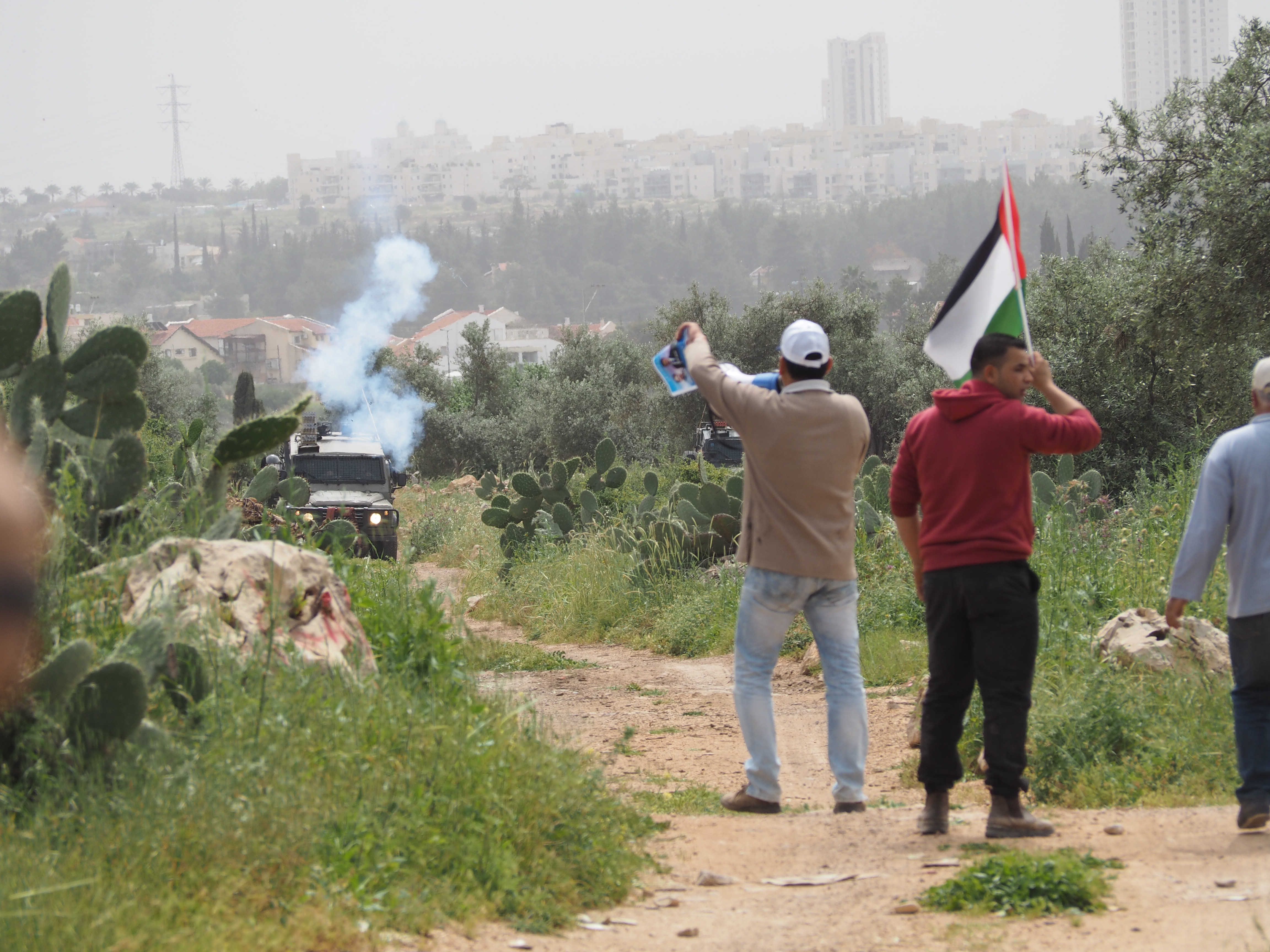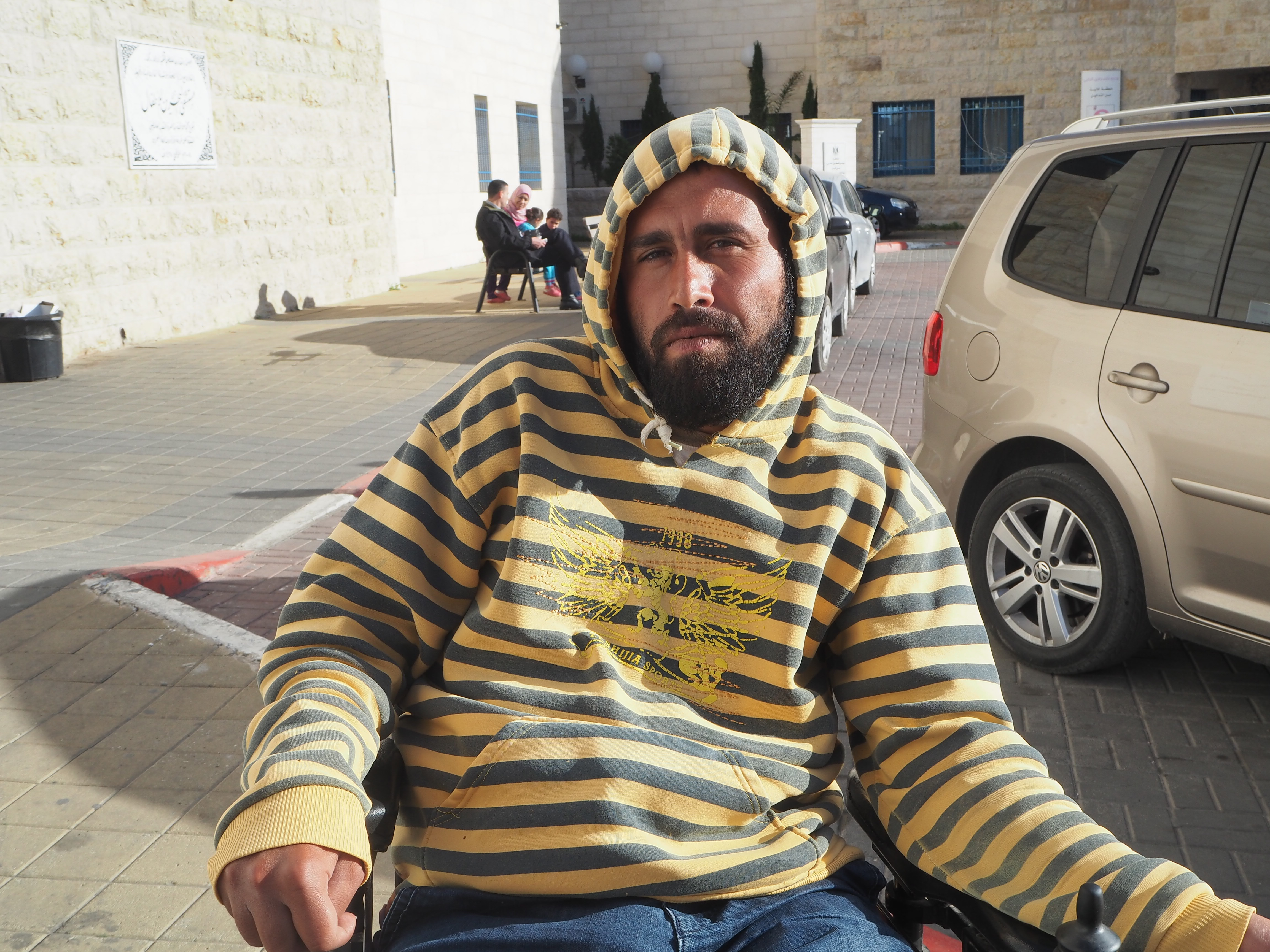Tag: Tear Gas
-
Peaceful Ni’lin demonstrators attacked with deadly tear gas canisters
25th March 2016 | International Solidarity Movement, al-Khalil team | Ni’lin, occupied West Bank On Friday 25th March, Palestinians, Israeli activists and foreign activists alike took part in the weekly demonstration to oppose the apartheid wall that surrounds the town of Ni’lin and has taken much of the villages land. The demonstration which started peacefully was…
-
A new ISM’ers personal experience on Bil’in and tear gas
15th March 2016 | International Solidarity Movement, al-Khalil team | Hebron, occupied Palestine Miguel and Kolla came this morning from the al-Khalil team (several years ago it feels) and we went to Bil’in as planned for my first demonstration. The easiest thing to do is simply to describe it: We waited a while for people…
-
Rani Burnat from Bil’in
15th March 2016 | International Solidarity Movement, al-Khalil team | Bil’in, occupied Palestine Rani Burnat is an extraordinary human being in more ways than one. He was left paralysed from an injury sustained during the second intifada, learned to live the remainder of his life in a wheelchair, fathered three children (triplets) and now continues…



